Code
HCS28918
Weight
3.539 Kg / 7.8 lbs
Size
Height
26cm (10") Width
20cm (8") Depth
11cm (4") Material
Brass
Availability
Available

Safe Payment
We accept Paypal, Money Transfer, Bank Transfer
Confidence
Protection covers your purchase and personal data.
Worldwide Delivery
We ship Worldwide, except Russia.Shipping cost US$25.2 for upto 0.5 kgs

Hotline
Talk to help line for your question on 9841267335About Chocolate Oxidized
This Buddhist Statue Of Kali, [sand Casting], [black Oxidized], [antique Finishing] has been meticulously treated with a chocolate color antique patina. The intention behind this patina is to replicate the appearance of a copper statue that has gracefully aged over a century. Unlike a simple coat of paint, this patina is not applied superficially and is designed to endure. It undergoes an artificial oxidation process that adds depth and character, while also serving as a protective layer against natural oxidation.
By imitating the natural aging process, the chocolate color antique patina lends an air of authenticity and vintage charm to the Buddhist Statue Of Kali, [sand Casting], [black Oxidized], [antique Finishing]. This carefully crafted finish ensures that the patina remains intact for an extended period, offering longevity and resistance to wear. The result is a unique piece that captures the essence of a time-worn copper statue, evoking a sense of history and artistic heritage.
This Buddhist Statue Of Kali, [sand Casting], [black Oxidized], [antique Finishing] has been meticulously treated with a chocolate color antique patina. The intention behind this patina is to replicate the appearance of a copper statue that has gracefully aged over a century. Unlike a simple coat of paint, this patina is not applied superficially and is designed to endure. It undergoes an artificial oxidation process that adds depth and character, while also serving as a protective layer against natural oxidation.
By imitating the natural aging process, the chocolate color antique patina lends an air of authenticity and vintage charm to the Buddhist Statue Of Kali, [sand Casting], [black Oxidized], [antique Finishing]. This carefully crafted finish ensures that the patina remains intact for an extended period, offering longevity and resistance to wear. The result is a unique piece that captures the essence of a time-worn copper statue, evoking a sense of history and artistic heritage.
Process: Sand Casting
This Buddhist Statue Of Kali, [sand Casting], [black Oxidized], [antique Finishing] has been created using the sand casting system, also known as sand molding casting. This widely employed manufacturing process utilizes a sand mold to produce metal products and components in various sizes and shapes. Sand casting holds significant popularity in the industry, accounting for approximately 60% of all metal castings. The sand casting process involves six primary steps. First, a pattern or replica of the desired sculpture, in this case, Buddhist Statue Of Kali, [sand Casting], [black Oxidized], [antique Finishing], is created using a material like wood or metal. The pattern is then placed in a flask, which is a box-like structure divided into two halves. The next step involves packing the flask tightly with specially formulated molding sand, creating a mold cavity that matches the shape of the pattern. The pattern is subsequently removed, leaving behind a negative impression of the sculpture within the sand mold. Read More . . .
This Buddhist Statue Of Kali, [sand Casting], [black Oxidized], [antique Finishing] has been created using the sand casting system, also known as sand molding casting. This widely employed manufacturing process utilizes a sand mold to produce metal products and components in various sizes and shapes. Sand casting holds significant popularity in the industry, accounting for approximately 60% of all metal castings. The sand casting process involves six primary steps. First, a pattern or replica of the desired sculpture, in this case, Buddhist Statue Of Kali, [sand Casting], [black Oxidized], [antique Finishing], is created using a material like wood or metal. The pattern is then placed in a flask, which is a box-like structure divided into two halves. The next step involves packing the flask tightly with specially formulated molding sand, creating a mold cavity that matches the shape of the pattern. The pattern is subsequently removed, leaving behind a negative impression of the sculpture within the sand mold. Read More . . .
Brief Introduction :
Kali also known as Kalika is a Hindu goddess. Kali is the chief of the Mahavidyas, a group of ten Tantric goddesses who each form a different aspect of the mother goddess Parvati. Kali's earliest appearance is that of a destroyer of evil forces. She is the most powerful form of Shakti, and the goddess of one of the four subcategories of the Kulamārga, a category of Tantric Saivism. She destroys the evil in order to protect the innocent.
Over time, Kali has been worshipped by devotional movements and tantric sects variously as the Divine Mother, Mother of the Universe, Adi Shakti, or Adi Parashakti. Shakta Hindu and Tantric sects additionally worship her as the ultimate reality or Brahman. She is also seen as the divine protector and the one who bestows moksha, or liberation. Kali is often portrayed standing or dancing on her consort, the Hindu god Shiva, who lies calm and prostrate beneath her. Kali is worshipped by Hindus throughout India and Nepal.
Iconogrphy :Kali is portrayed mostly in two forms: the popular four-armed form and the ten-armed Mahakali form. In both of her forms, she is described as being black in colour but is most often depicted as blue in popular Indian art. Her eyes are described as red with intoxication and in absolute rage. Her hair is shown disheveled, small fangs sometimes protrude out of her mouth, and her tongue is lolling. She is often shown wearing a skirt made of human arms and a garland of human heads, and she is also shown wearing a tiger skin. She is also accompanied by serpents and a jackal while standing on the calm and prostrate Shiva, usually right foot forward to symbolize the more popular Dakshinamarga or right-handed path, as opposed to the more infamous and transgressive Vamamarga or left-handed path. These serpents and jackals are shown to drink the blood of Rakta-bija's head which is dropping while the goddess carries it in her hand, and preventing it to fall on the ground.
In the ten-armed form of Mahakali she is depicted as shining like a blue stone. She has ten faces, ten feet, and three eyes for each head. She has ornaments decked on all her limbs. There is no association with Shiva.
The Kalika Purana describes Kali as possessing a soothing dark complexion, as perfectly beautiful, riding a lion, four-armed, holding a sword and blue lotuses, her hair unrestrained, body firm and youthful.
In spite of her seemingly terrible form, Kali Ma is often considered the kindest and most loving of all the Hindu goddesses, as she is regarded by her devotees as the Mother of the whole Universe. And because of her terrible form, she is also often seen as a great protector.
When the Sri Ramakrishna once asked a devotee why one would prefer to worship Mother over him, this devotee rhetorically replied, "Maharaj, when they are in trouble your devotees come running to you. But, where do you run when you are in trouble?"
In the ten-armed form of Mahakali she is depicted as shining like a blue stone. She has ten faces, ten feet, and three eyes for each head. She has ornaments decked on all her limbs. There is no association with Shiva.
The Kalika Purana describes Kali as possessing a soothing dark complexion, as perfectly beautiful, riding a lion, four-armed, holding a sword and blue lotuses, her hair unrestrained, body firm and youthful.
In spite of her seemingly terrible form, Kali Ma is often considered the kindest and most loving of all the Hindu goddesses, as she is regarded by her devotees as the Mother of the whole Universe. And because of her terrible form, she is also often seen as a great protector.
When the Sri Ramakrishna once asked a devotee why one would prefer to worship Mother over him, this devotee rhetorically replied, "Maharaj, when they are in trouble your devotees come running to you. But, where do you run when you are in trouble?"


![Buddhist Statue Of Kali, [sand Casting], [black Oxidized], [antique Finishing]](https://handicraftseller.com/uploads/pics/product/thumb/2023/03/28918.jpg)
![Buddhist Statue Of Kali, [sand Casting], [black Oxidized], [antique Finishing]](https://handicraftseller.com/uploads/pics/product/thumb/2023/03/28918_0.jpg)
![Buddhist Statue Of Kali, [sand Casting], [black Oxidized], [antique Finishing]](https://handicraftseller.com/uploads/pics/product/thumb/2023/03/28918_1.jpg)
![Buddhist Statue Of Kali, [sand Casting], [black Oxidized], [antique Finishing]](https://handicraftseller.com/uploads/pics/product/thumb/2023/03/28918_2.jpg)
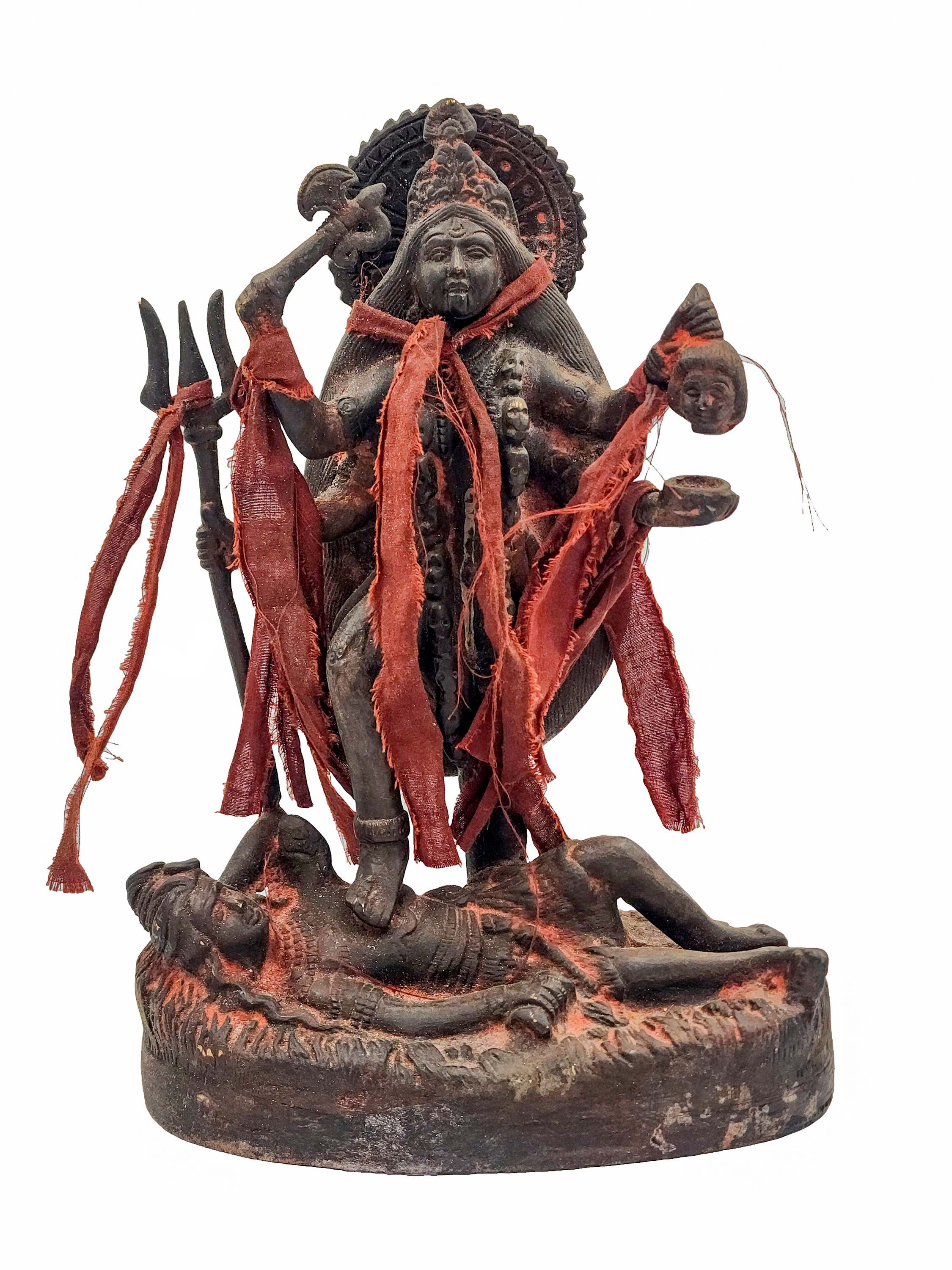
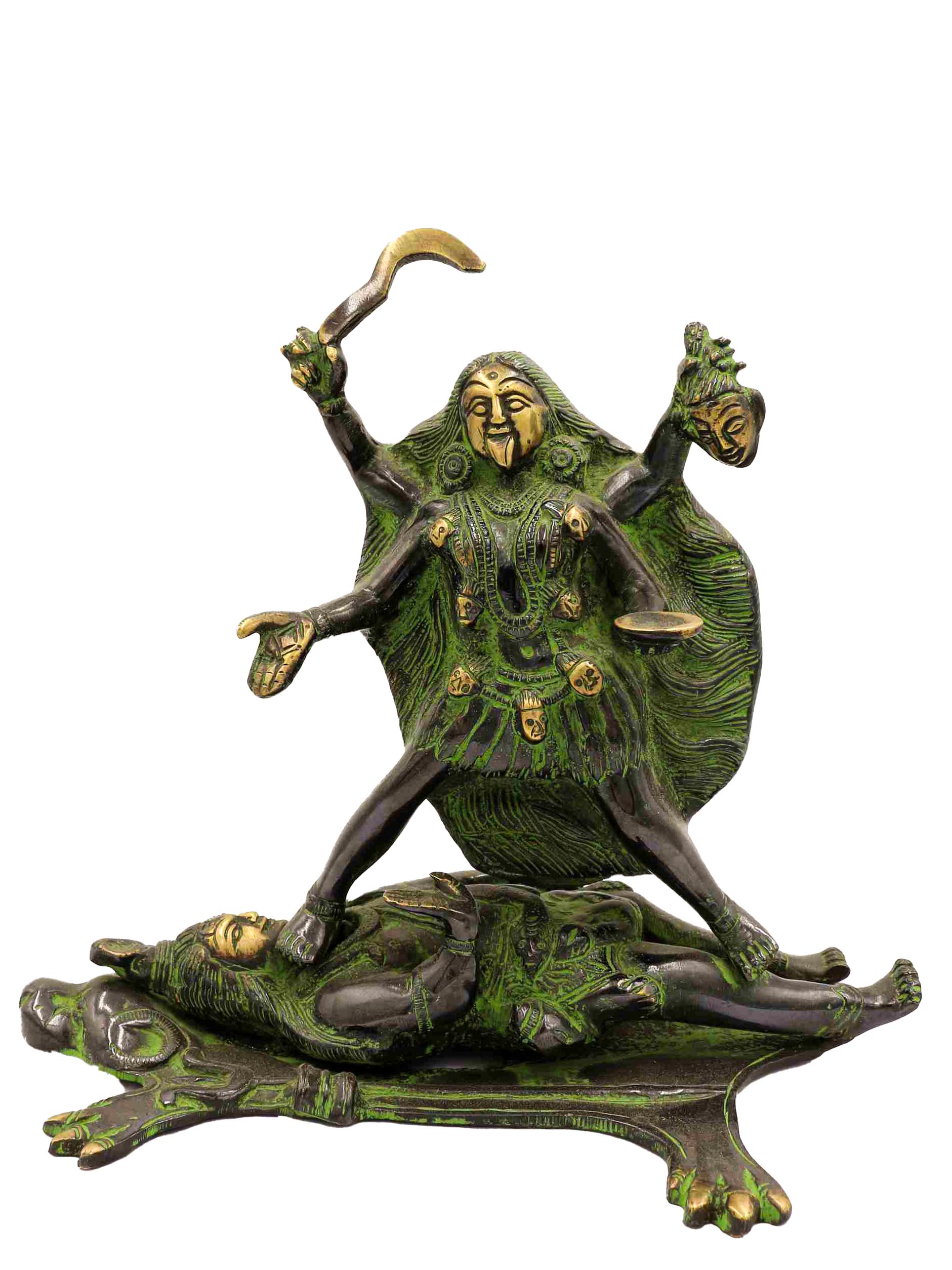 of Kali,
of Kali, 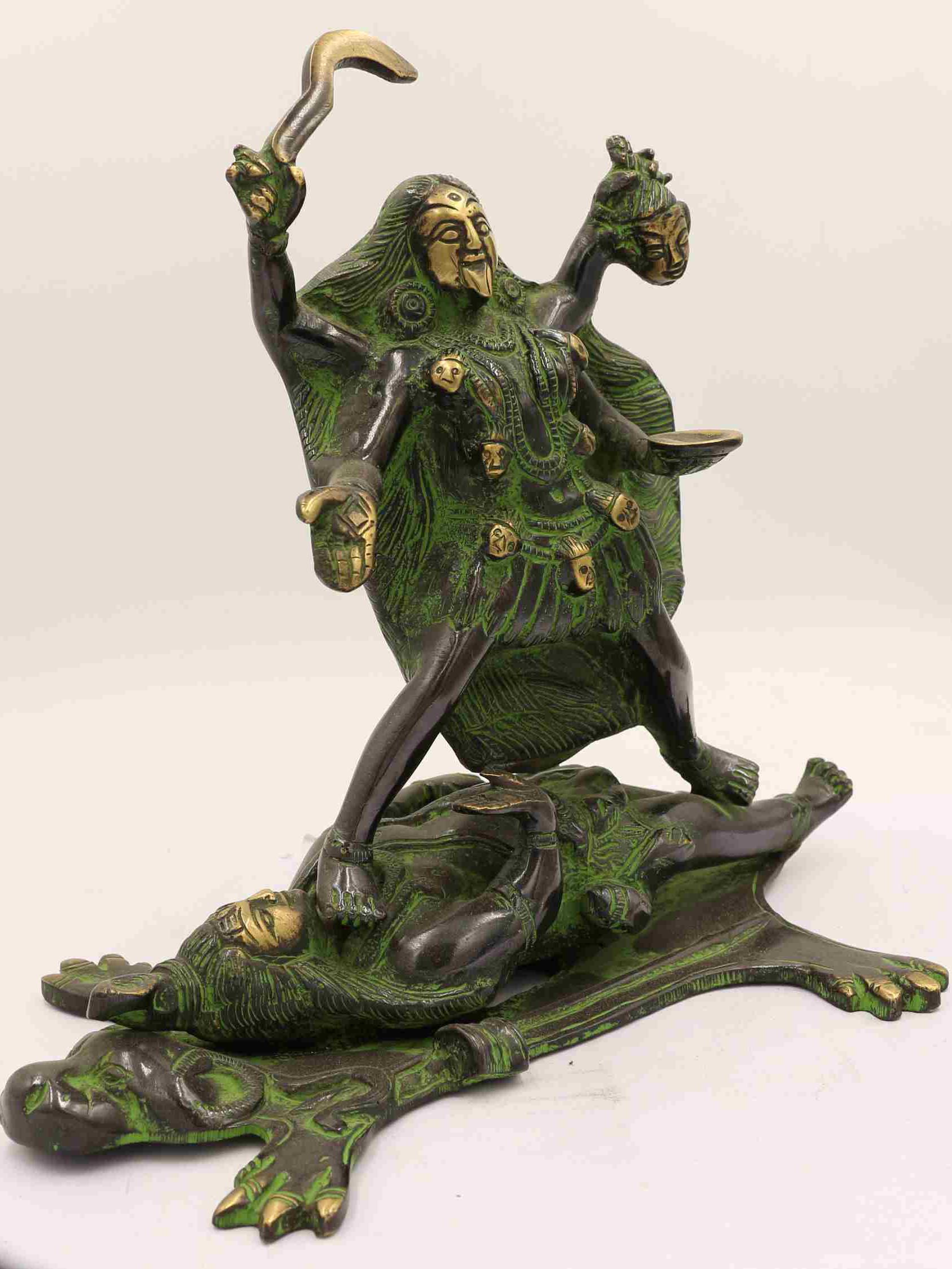 of Kali,
of Kali, 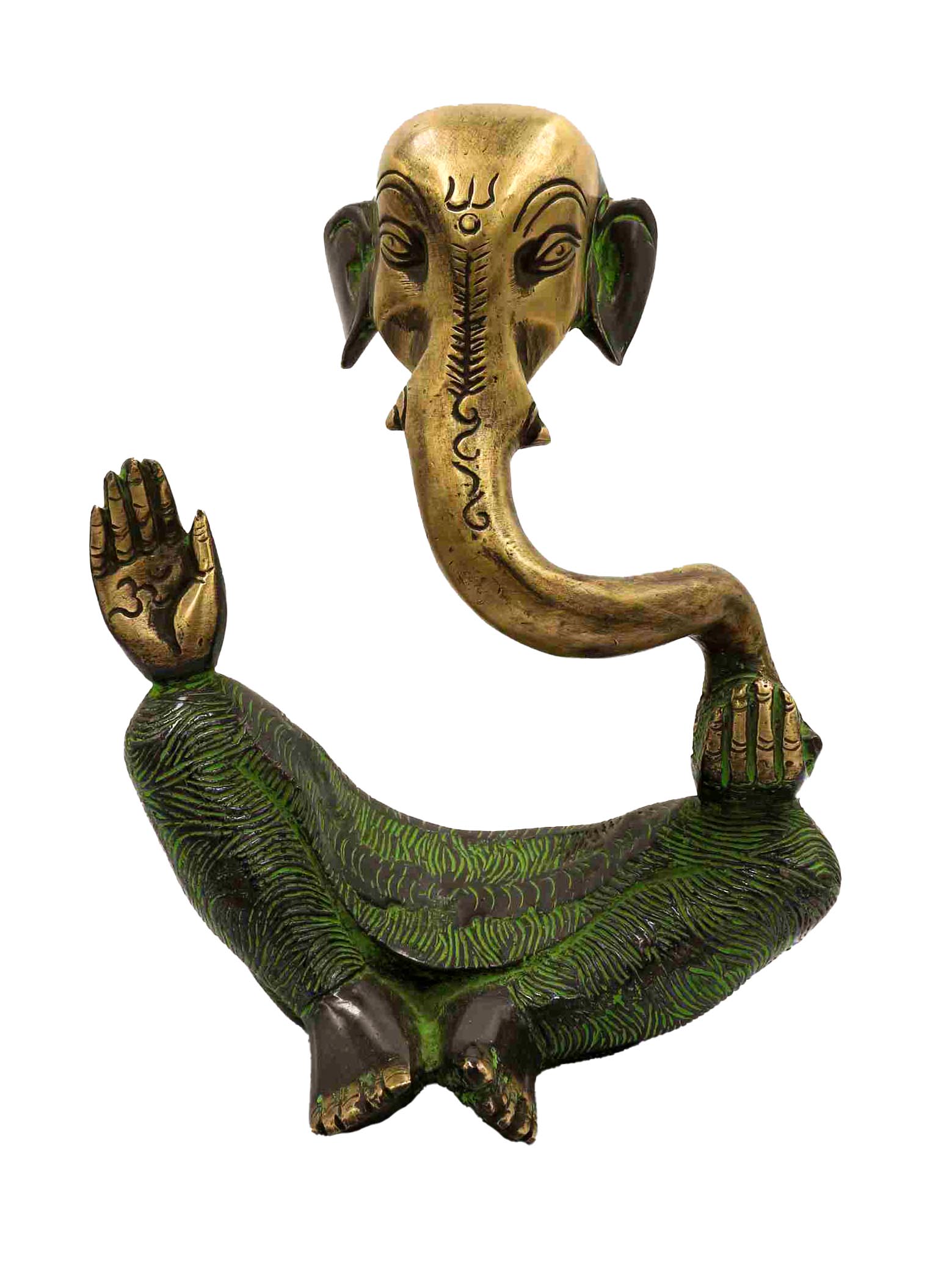 of Ganesh,
of Ganesh, 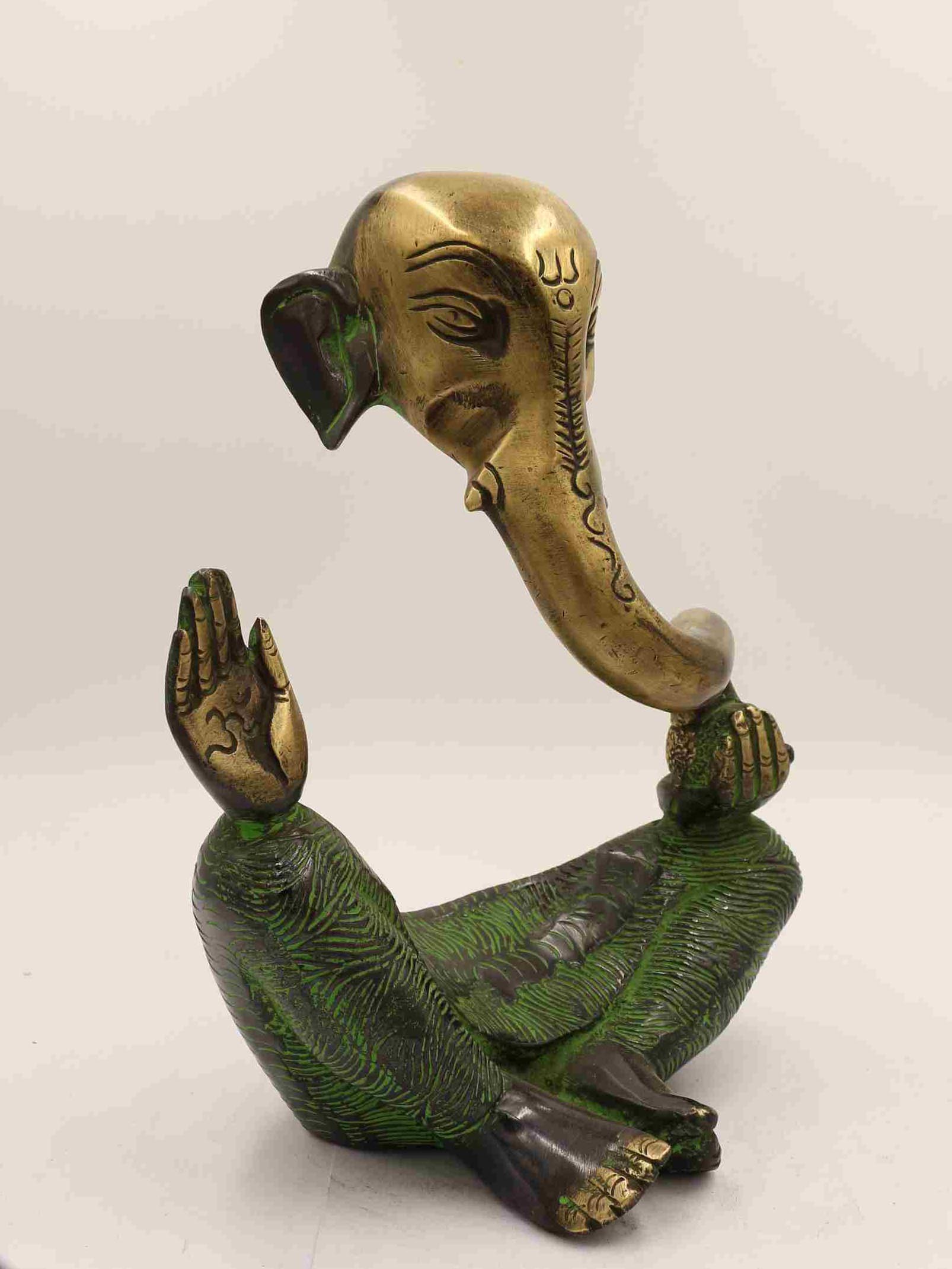 of Ganesh,
of Ganesh,  of Kali
of Kali  of Kali
of Kali  of Kali,
of Kali, 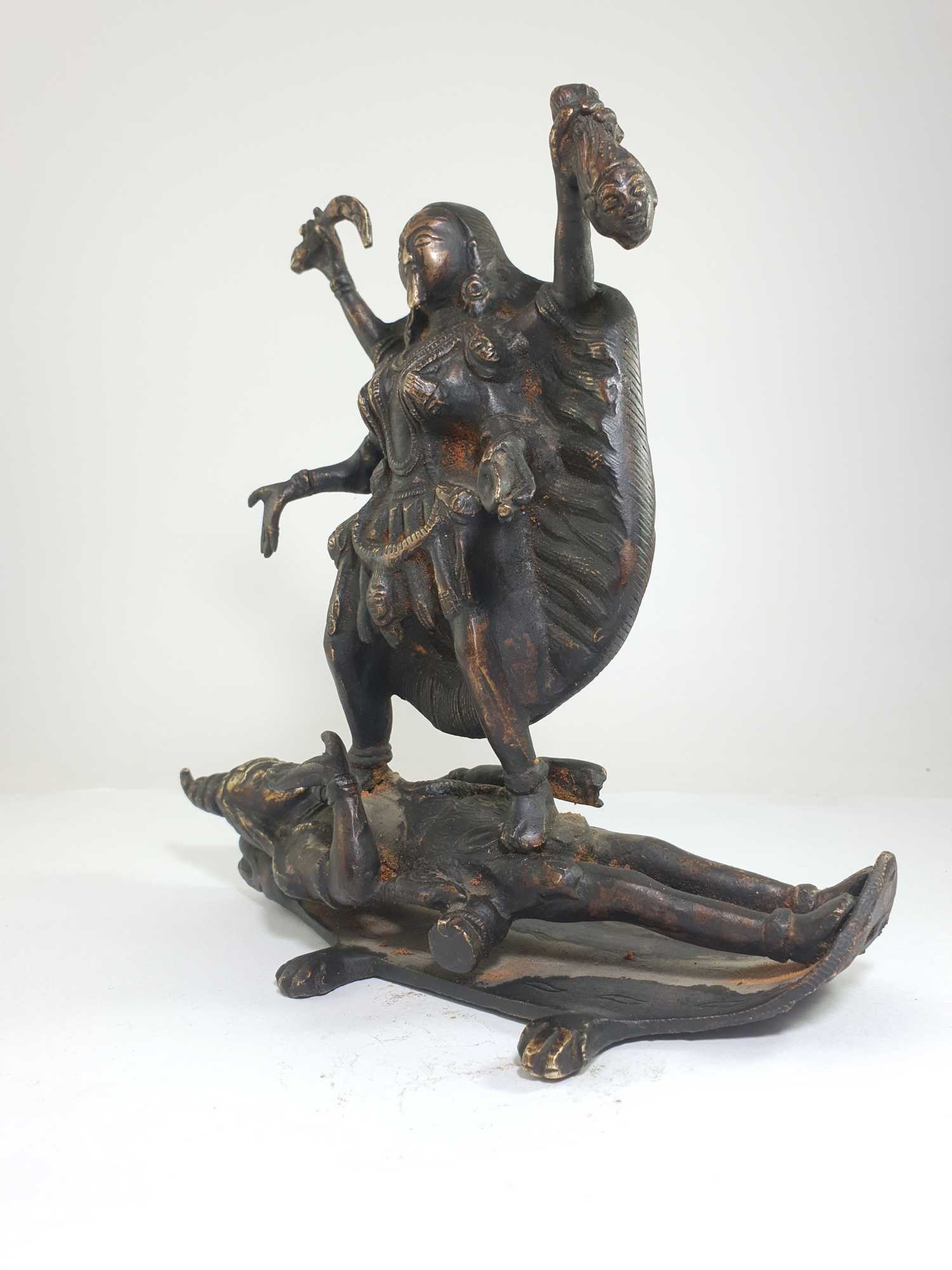 of Kali,
of Kali, 
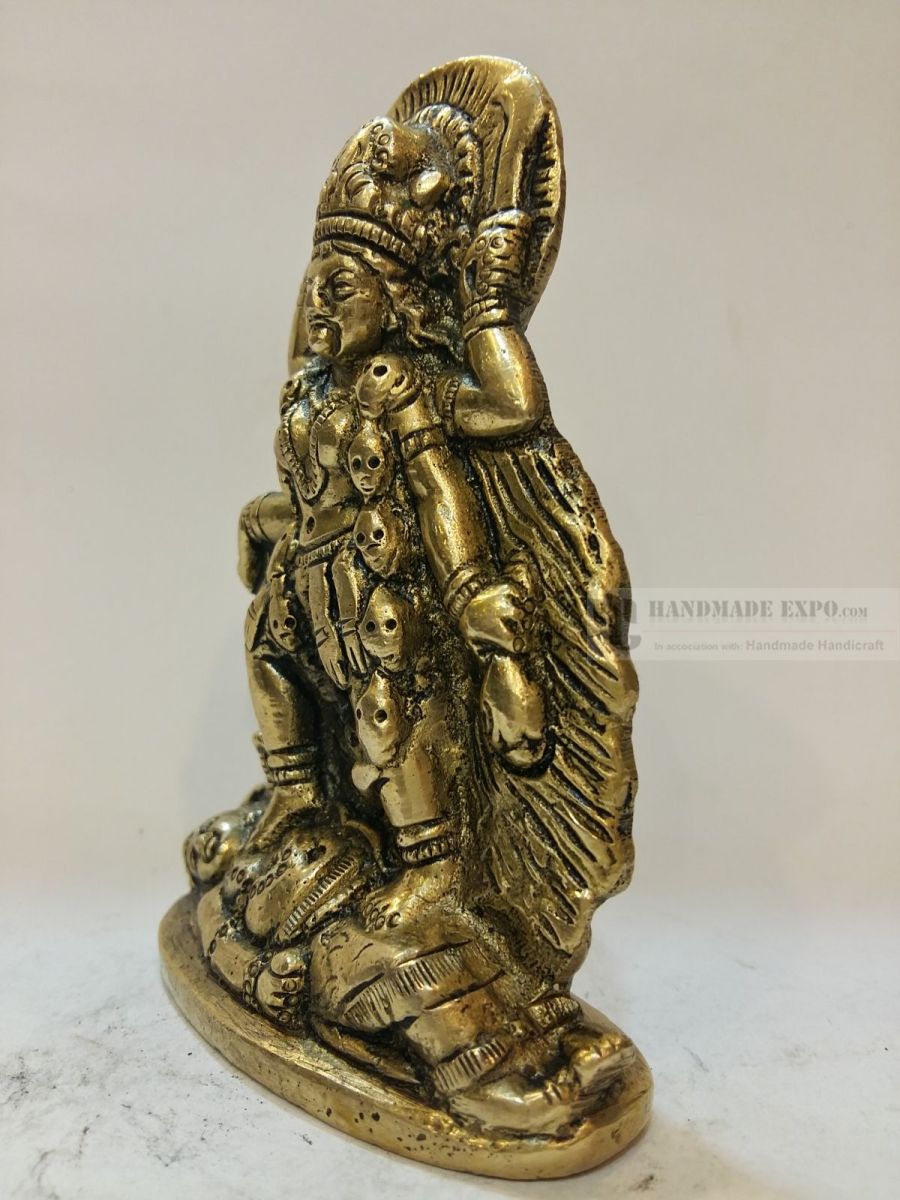
 of Durga Sitting On Lion,
of Durga Sitting On Lion,  of Durga Sitting On Lion,
of Durga Sitting On Lion,  of Kali,
of Kali, 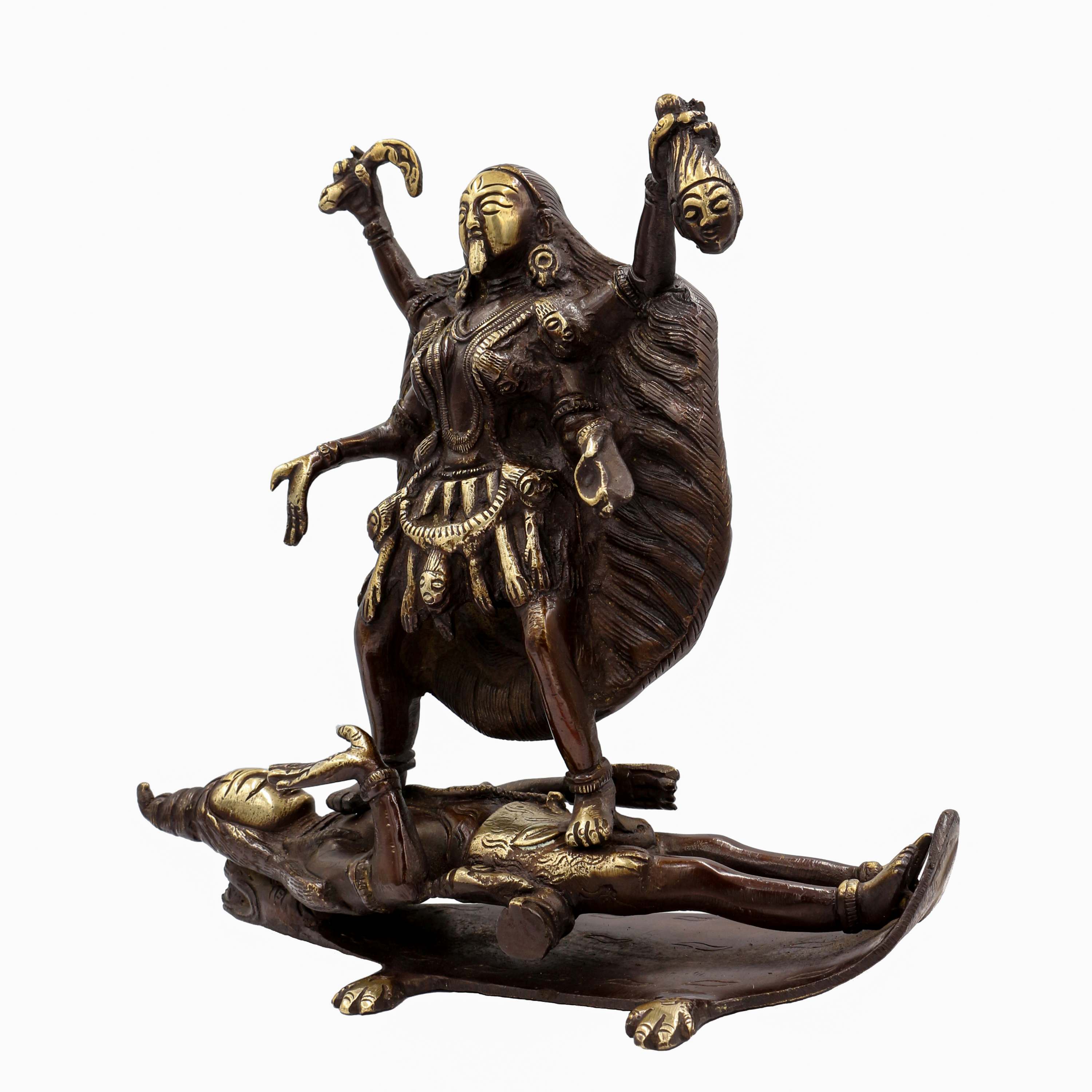 of Kali,
of Kali,  of Kali,
of Kali, 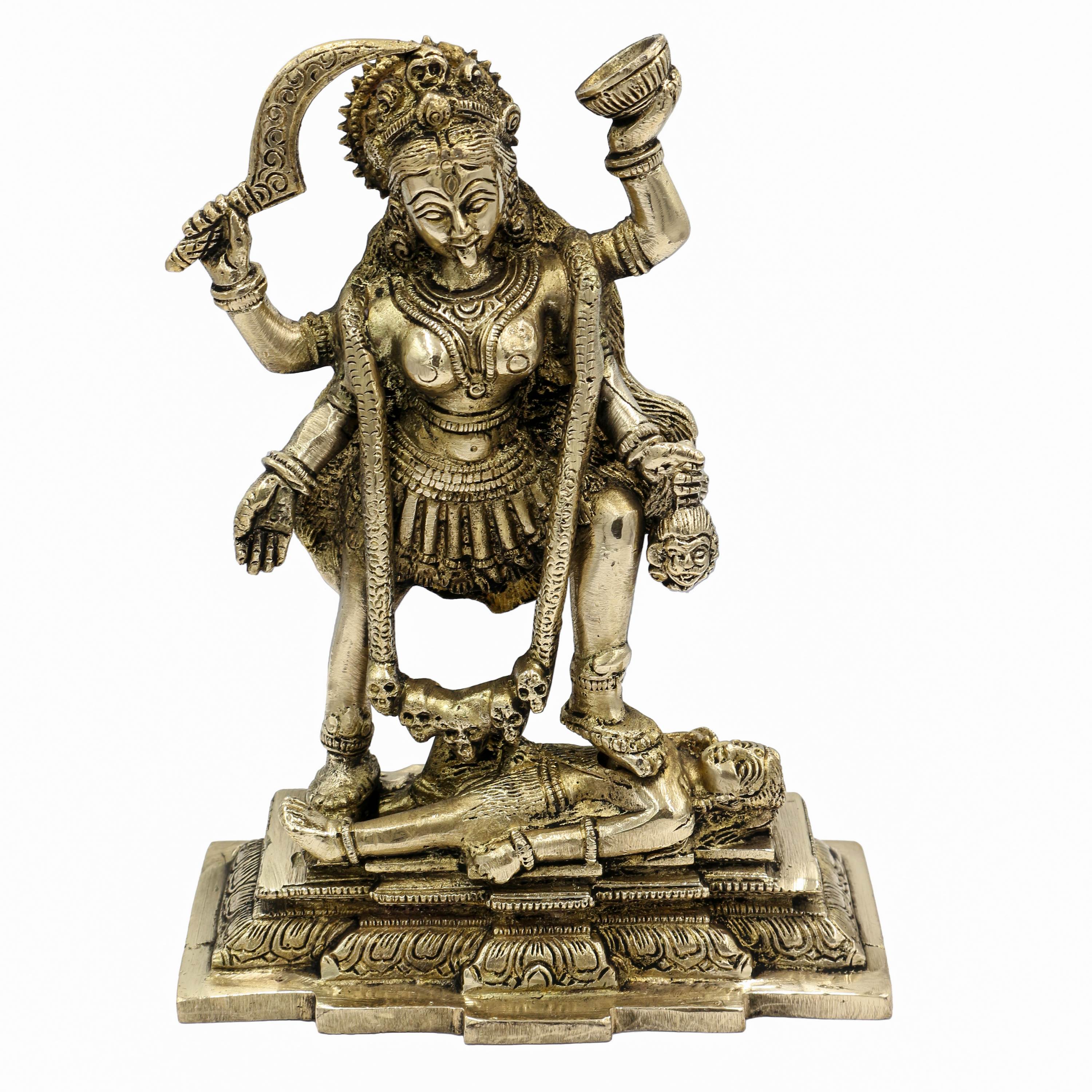 of Kali,
of Kali, 
 of 10 Head 10 Legs Kali,
of 10 Head 10 Legs Kali, 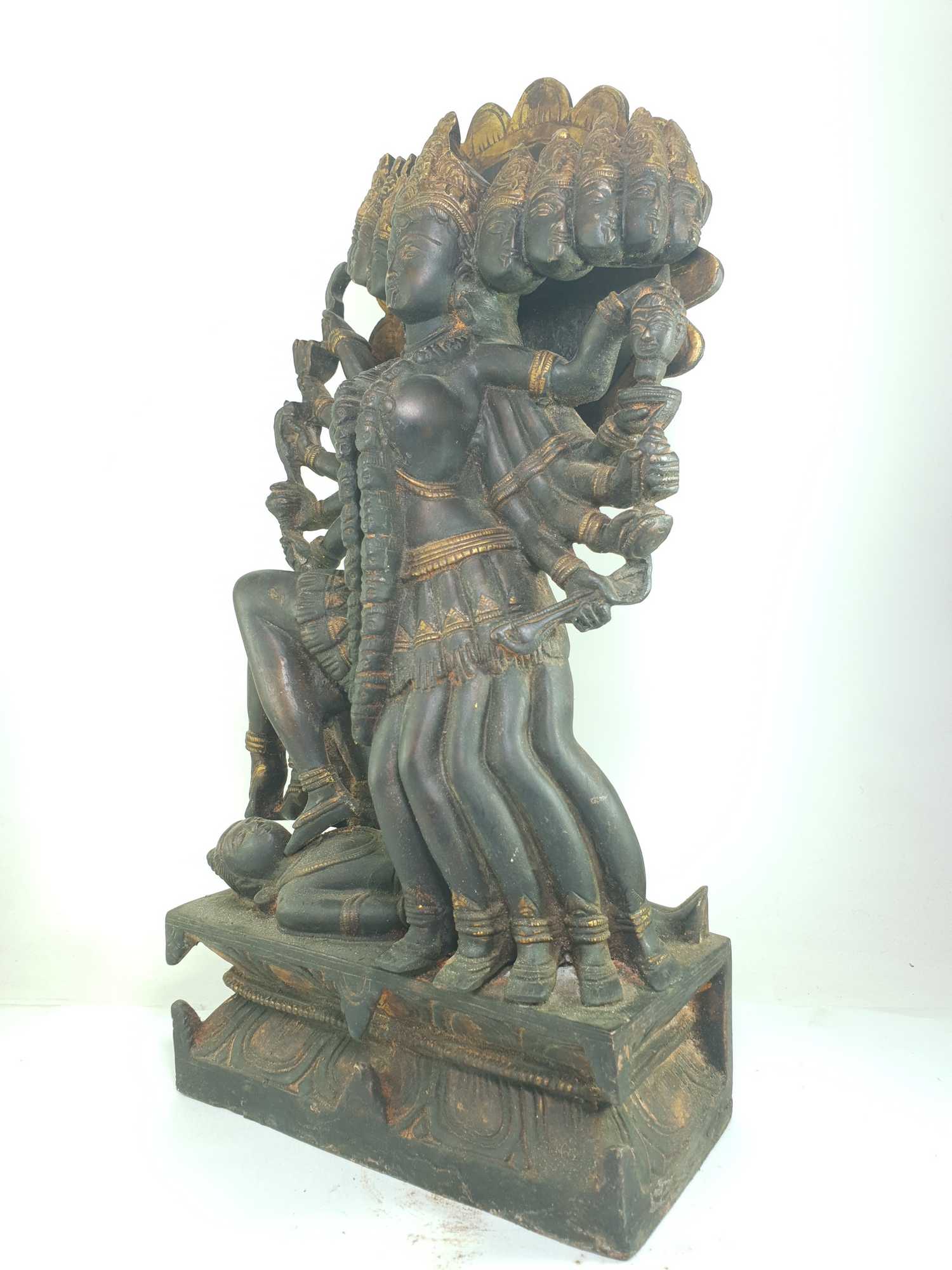 of 10 Head 10 Legs Kali,
of 10 Head 10 Legs Kali,